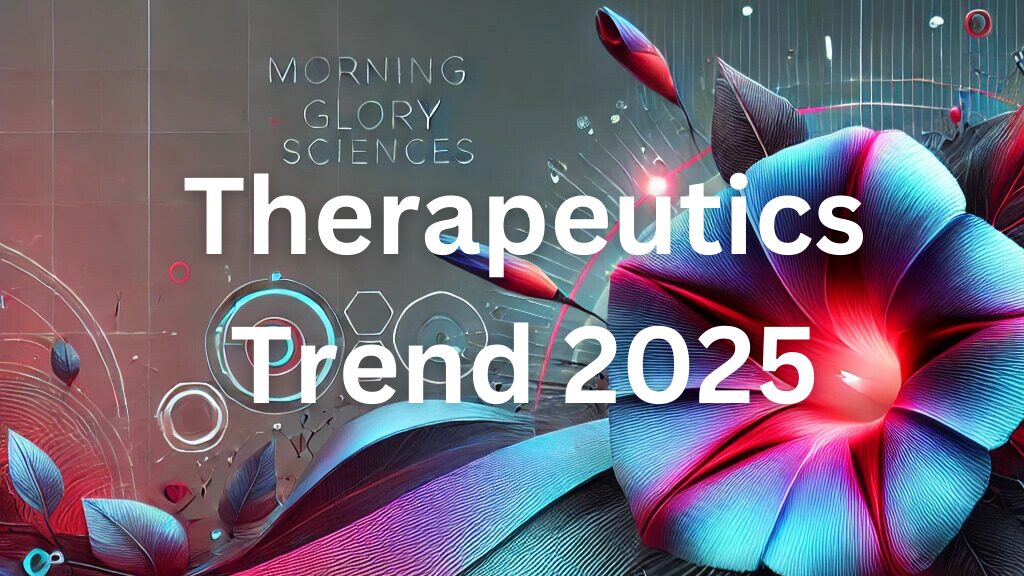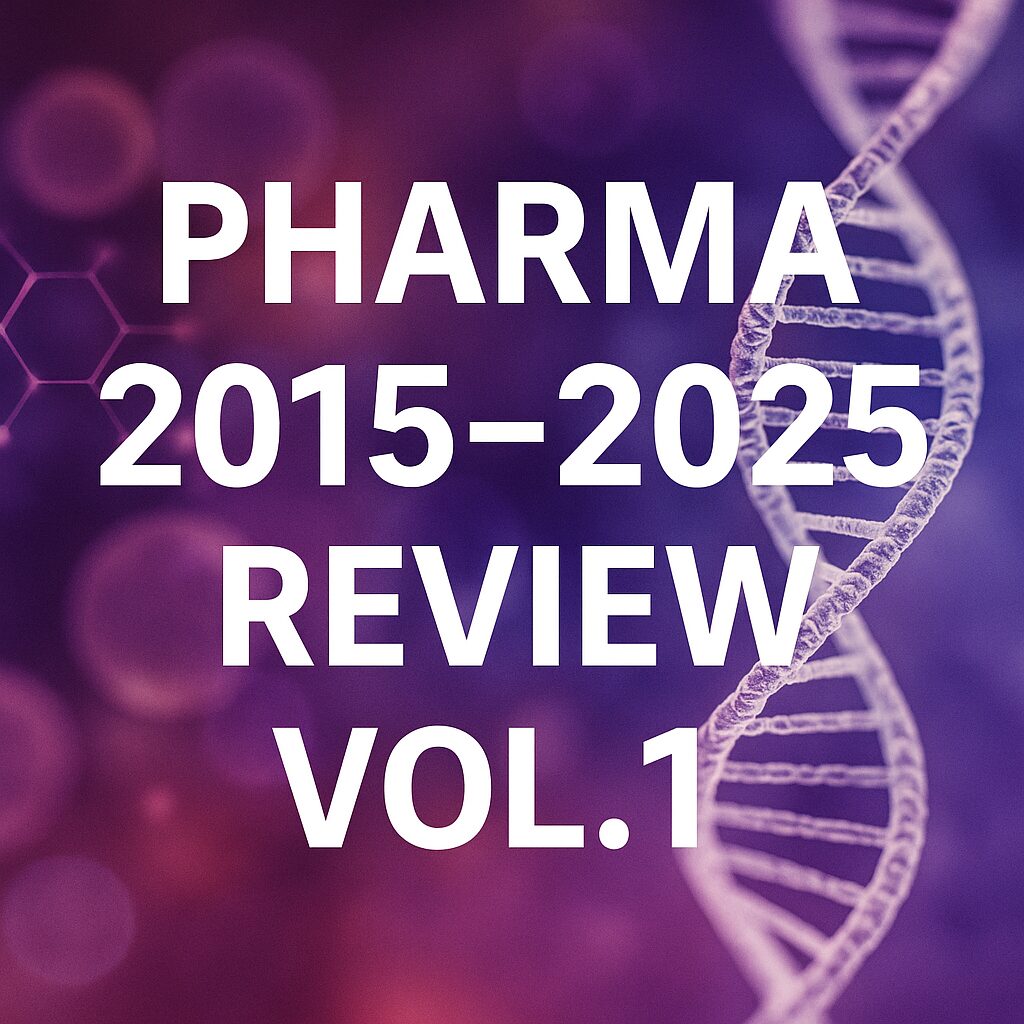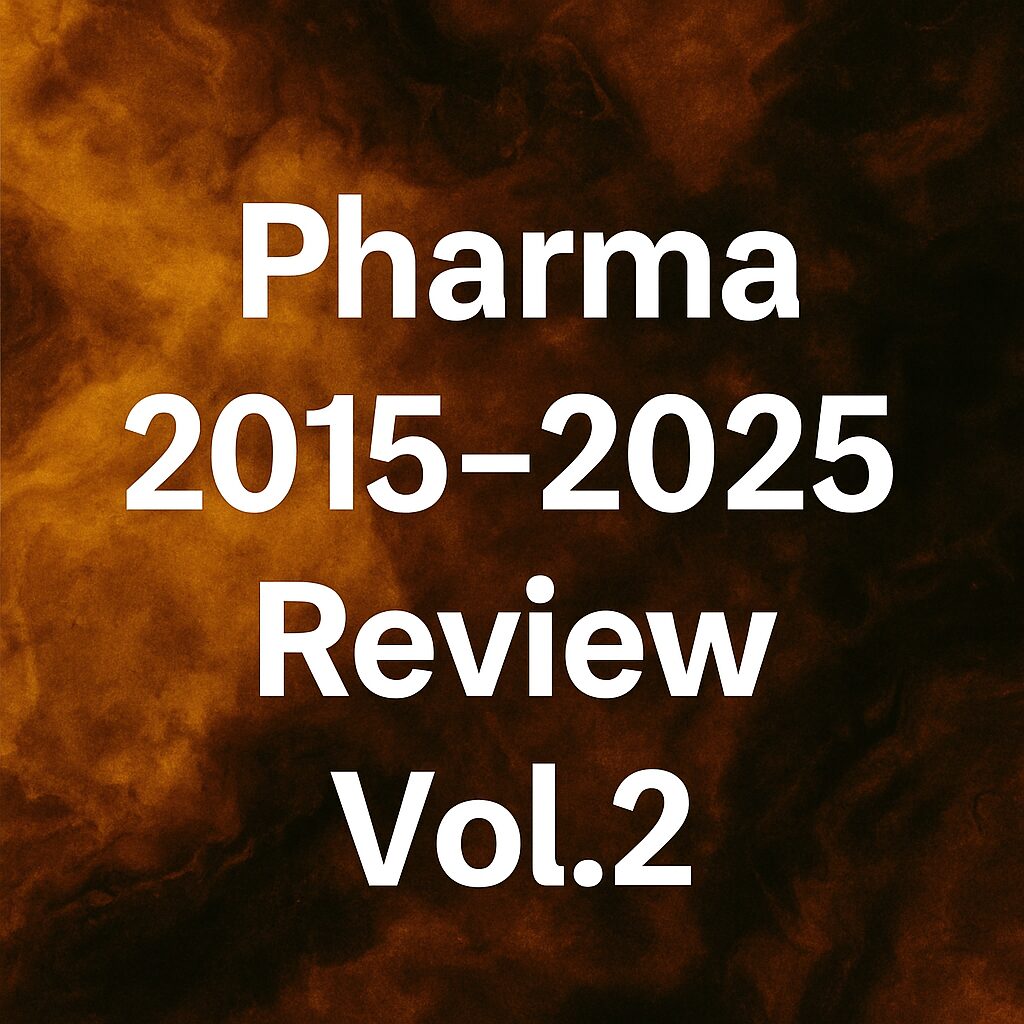In July 2025, the FDA began publishing past Complete Response Letters (CRLs). Triangulating those releases with company disclosures and primary reporting shows two dominant themes: CMC (quality/manufacturing/testing) & Pre-License Inspections (PLI), and the strength of efficacy evidence / trial adequacy. This article synthesizes six prominent 2024–2025 cases and turns them into a practical, submission-ready checklist.
Key Takeaways
- The most frequent blockers: CMC / facilities & PLIs.
- Several CRLs hinged on substantial evidence and trial adequacy/control.
- Build comparability, potency, and change control “backward from approval.”
- Use Type A/B meetings to document agreements and lock the submission staging.
1. Terminology (Aligned with JP)
- CRL (Complete Response Letter): non-approval notice
- CMC (Chemistry, Manufacturing and Controls): quality/manufacturing/testing
- PLI (Pre-License Inspection)
- AA (Accelerated Approval)
- Substantial Evidence: statutory bar for efficacy
- Comparability: demonstrating sameness across process/scale/site changes
- Potency Assay: MOA-aligned, validated, reproducible potency testing
- CAPA: Corrective and Preventive Action
- Data Integrity: ALCOA+ principles
- Autologous / Allogeneic: donor equals / differs from recipient
- RDEB, LAD-I, EBV+ PTLD, DMD, MPS IIIA: indications referenced in the text
2. 2024–2025 Case Summary (Non-Approvals / Delays)
On mobile, swipe the table horizontally
| Date | Product | Sponsor | Modality | Indication | FDA Outcome | Stated Reason (public) |
|---|---|---|---|---|---|---|
| 22-Apr-2024 | pz-cel → Zevaskyn | Abeona | Autologous gene-corrected cell sheet | RDEB | CRL → Approved 29-Apr-2025 | CMC information requested; no major efficacy/safety objections reported |
| 28-Jun-2024 | KRESLADI | Rocket | Autologous HSC (LVV/ex vivo) | LAD-I | CRL → Ongoing CMC review in 2025 | Limited additional CMC data request (extended timelines) |
| 16-Jan-2025 | tabelecleucel (tab-cel) | Atara | Allogeneic T-cell therapy | EBV+ PTLD | CRL → Resubmission accepted Jul-2025 | Third-party PLI findings; no new efficacy/safety objections |
| 11-Jul-2025 | deramiocel (CAP-1002) | Capricor | Allogeneic cell therapy | DMD cardiomyopathy | CRL | Insufficient substantial evidence + outstanding CMC items |
| 11-Jul-2025 | UX111 | Ultragenyx | AAV (in vivo) | MPS IIIA | CRL | Manufacturing data gaps and facility readiness concerns |
| 22-Jul-2025 | RP1 + nivolumab | Replimune | Oncolytic HSV (engineered) | Advanced melanoma | CRL | Trial not considered “adequate and well-controlled” (design concerns) |
3. Why They Stalled: Three Bottlenecks
(A) CMC / Facilities & PLIs (most frequent)
- PLI findings, weak control strategies, unvalidated potency, and thin comparability/stability packages.
- For process/scale/site changes, codify the equivalence bridge.
(B) Strength of Efficacy Evidence
- deramiocel: insufficient substantial evidence.
- RP1: adequacy/control challenged; even under AA, robust design & statistics are required.
(C) Design for Manufacturability from Day One
- Vector/cell source/process choices drive commercial viability.
- Co-design CDMO alignment, tech-transfer, and a defensible comparability package early.
4. Pre-Submission “Red Pen” Checklist
- PLI: CAPA closure evidence, data integrity, consistent deviation/change control
- Comparability: bridge across process/scale/site (CQA/potency continuity)
- Potency: MOA-aligned validity & reproducibility
- Trial design: adequate & well-controlled where feasible; rigorous selection/adjustment for external controls
- Meetings: document agreements in Type A/B minutes; lock submission staging
Note: Some figures (e.g., “~40% of INDs halted for CMC”) reflect expert opinion in media reports. Treat numbers without official backing as opinion, not statistics.
5. Wrap-Up
CMC/PLI is the final gate, but substantial evidence and adequate trial design are equally decisive. Reverse-engineer approval by embedding comparability, potency, and change control, and by locking agreements in minutes—the fastest way to avoid a CRL and to resubmit effectively.
🔗 Related Articles / Series Links




This article was produced by the Morningglorysciences Editorial Team.








Comments